Some say it’s a myth that the Incas never existed on the face of the earth, that they were aliens with advanced technology from other parts of the universe; others praise the Incas for their ingenious ways of engineering and town planning, and ponder on how this powerful civilisation could be completely wiped out within a matter of months.
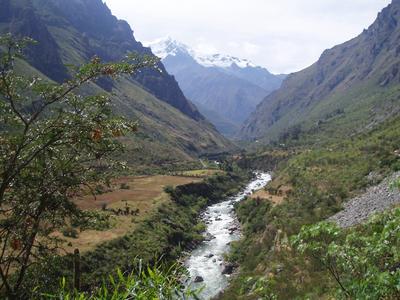
Whichever theory the academics come up with, there is no doubt that they have left a legacy attraction which now attract travellers from all over the world: The Inca Trail.
The Inca Trail starts at the foot of the mountains in the Sacred Valley in Peru. After a long bus ride in from Cusco, our guide met us at the village of Ollantaytambo. We had a quick briefing before lining up to get our passports stamped (yes you can get your passport stamped to prove you have been on the Inca Trail), then we started the 39km trek toward the Inca capital Machu Picchu.
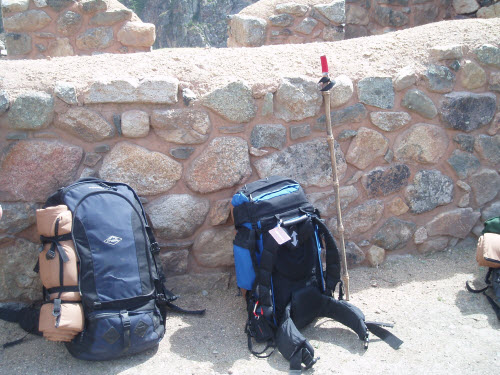
If not for the altitude, the trek itself is relatively easy; it is clearly marked and easily followed. However, the altitude does leave you somewhat breathless; the thin and cold air leaves your mind and body lingering between full consciousness and sleepiness, the lack of oxygen meant the leg muscles struggles to find strength, and we hungrily chewed on coca leaves to ease any altitude sickness symptoms.
Thankfully for me, it didn’t affect more than that – for others, the symptom could include nausea and fever, and can require the person to be transported back to civilisation for hospital treatments.
Breathlessness is experienced both physically and mentally, I was constantly stopping in awe as we turn another corner and a whole span of glorious scenery would greet me. The Inca ruins scattered all along the trail to the natural beauty of the mountains and the lust green vegetation. My eyes darted about busily; trying to imprint everything in my memories and hoping not to have missed one small bit.
The trek took three nights and four days, and each night we would arrive at our camp sites surprised that everything had been done for us. The porters who began the trek with us from the beginning ran the entire way, equipped only with rubber shoes and rags for clothes, would arrive early and have all the tents set up and meals prepared ready for our arrival. Our cooks made us surprising hearty meals from ingredients sourced locally, and we would be treated to songs and stories as we settled around the camp fire after dinner, serenaded by our guide.
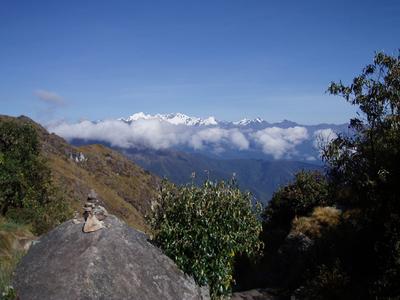
It was with such support that we arrived at the legendary Machu Picchu in one piece on our fourth day, even the magnificent lost city of the Incas felt insignificant to the experiences on the trek that we just completed.
Read the next post in this series: Machu Picchu
More information on the Inca Trail: Inca Trail Peru



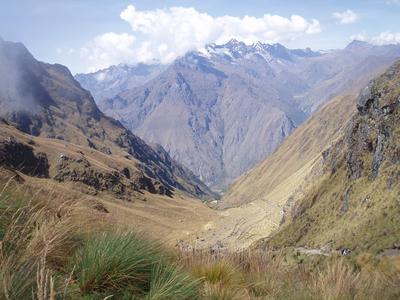
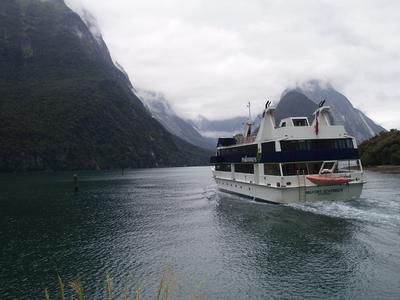 Ventures into Middle Earth – Milford Sound, NZ
Ventures into Middle Earth – Milford Sound, NZ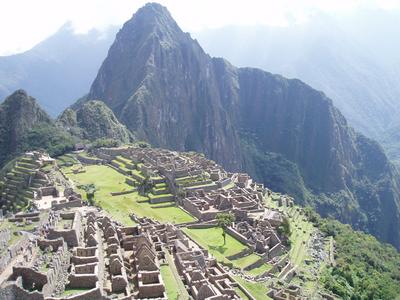
Share your thoughts below!